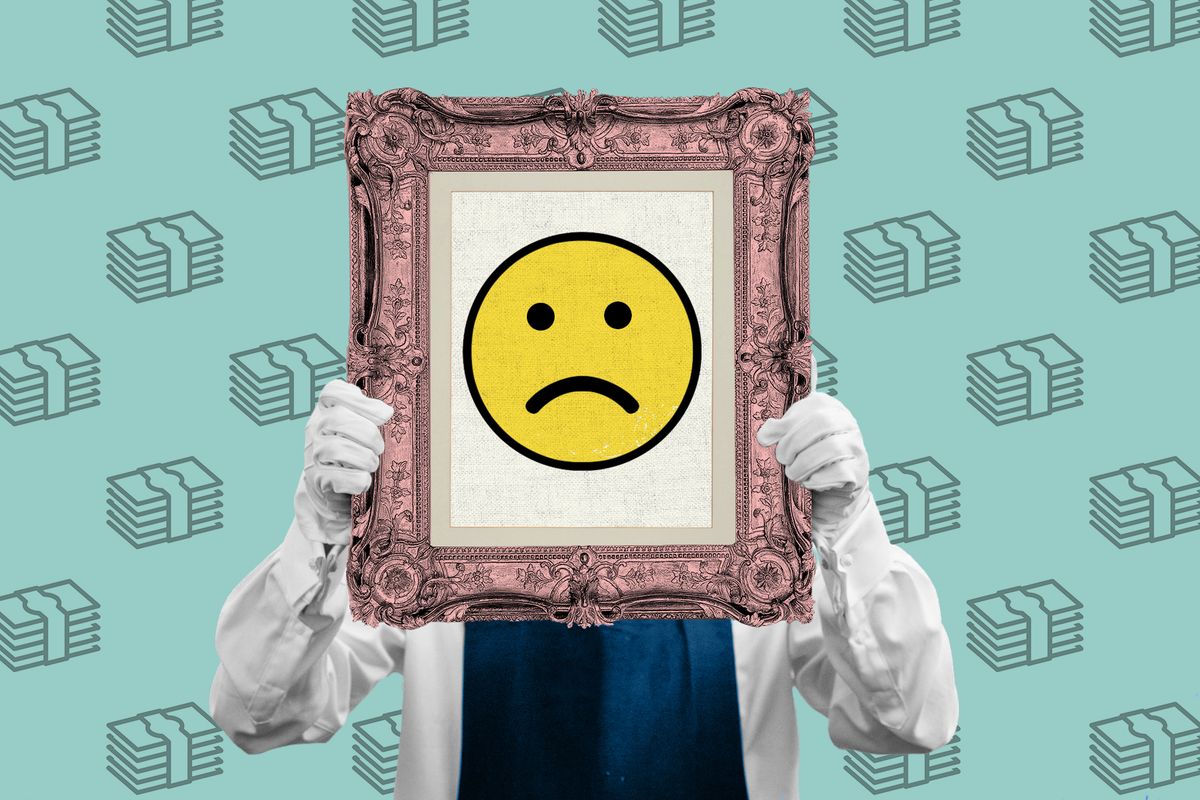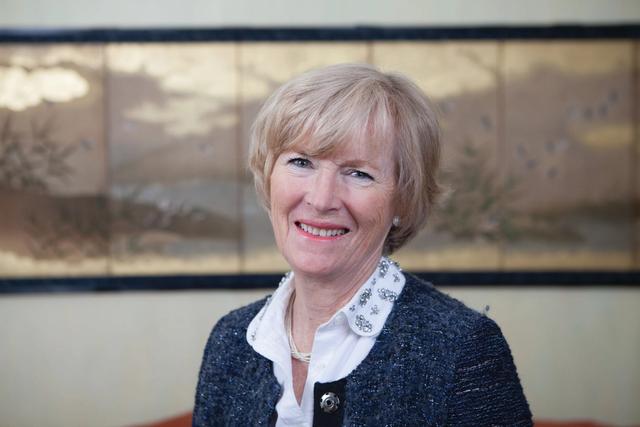The news reported by the Financial Times that Sotheby’s core earnings dropped by an eye-watering 88% in the first half of 2024, with auction sales plunging by 25%, can come as no surprise to the art trade. Christie’s also reported a 22% drop in sales under the hammer for the same period: both houses are trimming staff.
Sotheby’s decline in core earnings was reported to investors just ahead of the news that ADQ, the Abu Dhabi-based sovereign wealth fund, would join with the auction house’s majority owner, Patrick Drahi, to inject around $1bn worth of new capital into the firm. ADQ will supply most of that funding, a Sotheby’s spokesperson confirmed, and become a minority owner through the issuance of new shares. The deal brings a little breathing space to Drahi. His empire, Altice, is straining under a $60bn mountain of debt; he recently sold a quarter of the British telecoms group BT to the Indian billionaire Sunil Bharti Mittal.
“It feels like a fin de règne [end of the reign],” Benoit Soler, the senior director at the French investment firm Keren Finance told Le Figaro.
Drahi built his empire when the world was drunk on cheap money; he acquired Sotheby’s in a leveraged buy-out through his company Bidfair in 2019 for $3.7bn. But interest rates have risen and the art market has fallen since then, and Drahi has been selling off assets to tackle the debt pile.
The travails of auction houses are public: everyone can compare sales totals for this year to previous ones, and draw their conclusions. More private is what is happening in the dealer side of the trade, but the news is no better. Inevitably, gallery owners tend to be tight-lipped about business, but the canary in the mine is a growing number of gallery closures. In April this year, the venerable Marlborough gallery decided to throw in the towel, and this has been followed by a slew of other closures. In London, Fold and Vitrine have disappeared; in New York, long-time dealers such as Washburn, Alexander and Bonin and Betty Cuningham, have gone or transited to a by-appointment model. Mitchell-Innes & Nash have exited their Chelsea space, while Lévy Gorvy Dayan has closed its Hong Kong premises.
“No one really wants to talk about this publicly, but things are very tough for the trade at the moment,” says an art market professional who did not want to be identified.
Certainly the geo-political situation is dreadful; the wars in Gaza and Ukraine, plus uncertainty about the outcome of the November elections in the US. And next month will see Britain’s new Labour government unveil its budget—and it has already warned that this is “going to be painful”.
No wonder that collectors are adopting a “wait and see” position until they have more clarity. The big question is, once things settle, will collectors come back or are we seeing a bigger change in behaviour? Art is hardly an essential purchase at the best of times; and these are not the best of times. Put on your lifejackets, there are choppy waters ahead.



